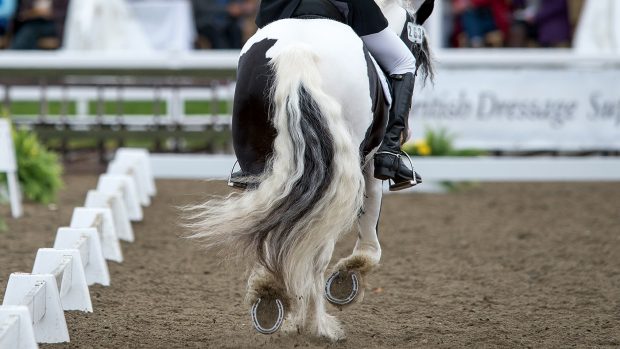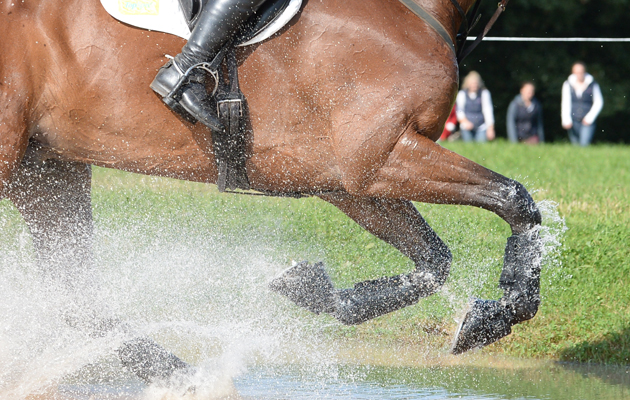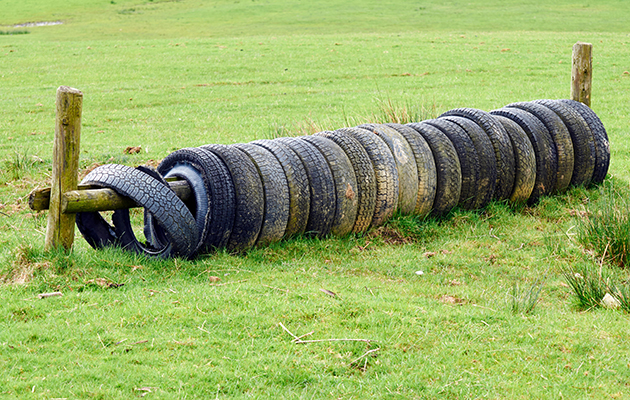Working hunter specialist Kelly Ward has won at all major county shows, Horse of the Year Show and Royal International. Her passion is sourcing young horses and starting them in the discipline. Here’s her advice on how to jump a stile or other narrow fences…
How to jump a stile
Bloomfield Incognito (pictured) came to me having never jumped. He’d had a few successful seasons on the flat and his owner wanted to try him as a working hunter.
He has a fabulous jump, but felt claustrophobic over skinnies. He would rush over the fence as if he felt the wings were too close. I went for a mid-width fence until he was more confident going through the wings. When he did start jumping true skinny fences, I spent a lot of time trotting through the narrow wings with a pole on the floor. Now, he will happily jump them.
The stile fence is found in most working hunter courses. The variety of stiles is huge and can consist of any filler, and can be a vertical or a spread. But they all have the same determining factor — they are skinny.
Skinnies are often described as bogey fences as they are easy to nip out at or knock down. But, if ridden correctly, they shouldn’t be any harder to jump than any other fence. It’s crucial not to jump your horse over a skinny until he’s established on the flat and jumping wider fences confidently.
Tackling the issue
1. Firstly, you must ensure your horse is in a straight line. He must be able to canter on a straight line between your hand and leg, otherwise he will struggle to jump a skinny.
2. When riding to a skinny, it is important to maintain rhythm in the canter. An inexperienced horse may need more help from his rider; if he feels like he’s going to wobble, wrap your legs around him and hold him straight to reassure him.
3. Always start with a small fence and use solid, wide wings, guide poles, or both, to channel him through the middle. If he never learns how to run out at a fence it won’t be an option that enters his mind — jumping skinnies will just be part of his normal jumping routine. If running out becomes an issue, go back to basics and re-educate him by starting the training process.
4. Once you have taught your horse to jump a skinny confidently, replicate some of the varieties you may see in the ring. Again, start small. Avoid waiting until you get to a show to introduce your first water tray under a skinny. Once your horse is jumping skinnies happily, he shouldn’t be any more likely to lose his technique and knock that fence down than he would another fence on the course.
Article continues below…
You might also be interested in:
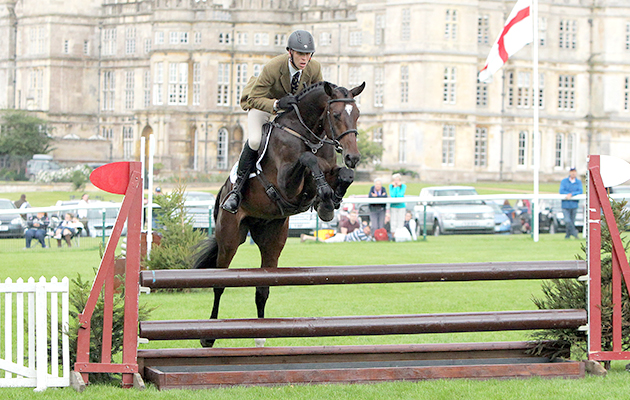
#SundaySchool: how to improve rhythm over fences
Event rider and coach Nick Gauntlett explains how you can use poles to dictate the rhythm that will give horse
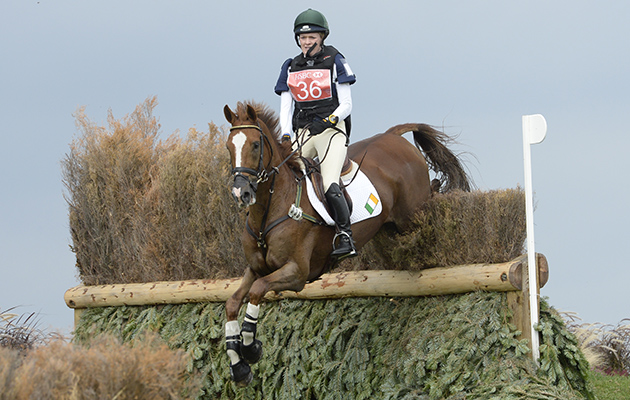
Using cavaletti to improve the horse’s canter and balance

Subscribe to Horse & Hound this spring for great savings
Things to consider…
- Never be complacent. Whether you have an older, more experienced horse or a young one, refresher schooling is important whatever stage of training he’s at.
- If you’re struggling, seek professional help. A fresh, well-trained eye on the ground can work wonders.
Horse & Hound magazine, out every Thursday, is packed with all the latest news and reports, as well as interviews, specials, nostalgia, vet and training advice. Find how you can enjoy the magazine delivered to your door every week, plus options to upgrade to access our H&H Plus online service which brings you breaking news as it happens as well as other benefits.


